SUMMARY
This is AI generated summarization, which may have errors. For context, always refer to the full article.
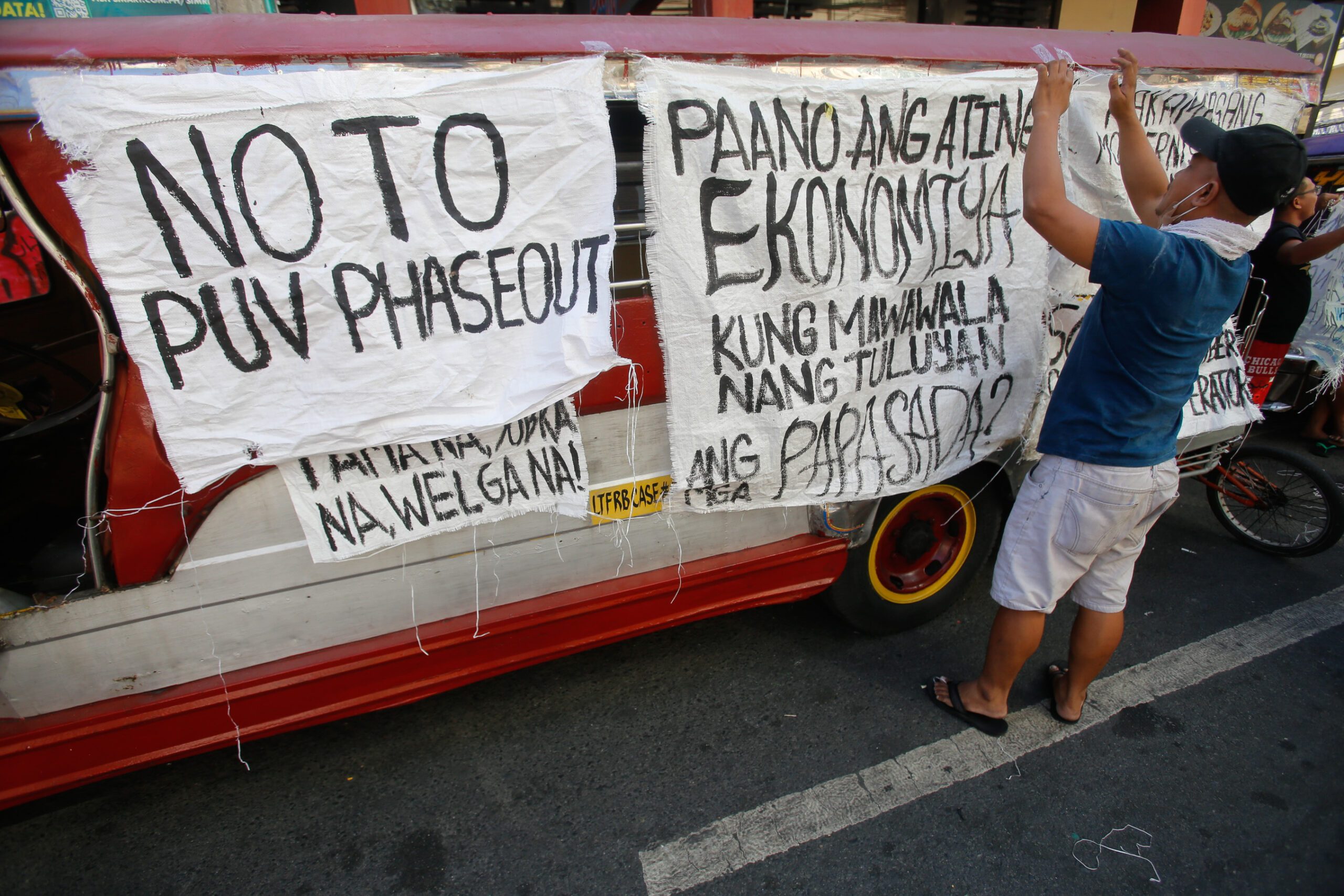
MANILA, Philippines – The Philippine government’s move to force jeepney drivers to shift to the more environment-friendly, modern jeepney has faced backlash over its anti-poor terms.
The Land Transportation Franchising and Regulatory Board (LTFRB) is forcing drivers and operators to use an electric vehicle or a combustion engine that complies with a Euro IV emission standard, as prescribed by the Department of Environment and Natural Resources to reduce greenhouse gas emissions, toxic fumes, and other forms of air pollution.
But here are some numbers that show that the government’s modernization plan is clunky at best:
2%
Jeepneys comprise only 2% of the total registered vehicles in the Philippines
According to data from the Department of Energy and LTFRB, there are over 9 million registered vehicles in the Philippines. Of the total, jeepneys comprise only over 250,000. Of the total jeepneys, around a quarter operate in Metro Manila.
15%
Jeepneys and other public utility vehicles contribute 15% of the total particulate matter emissions in manila
While jeepneys play an important role in providing services in the country, a study by the Blacksmith Institute and Clean Air Asia found that diesel-powered jeepneys contribute 15% of the total particulate matter emissions in Metro Manila.
The Center for Energy, Ecology and Development (CEED) argued that air pollution reduction efforts “would be negligible if modernization efforts focused on jeepneys compared to private vehicles.”
“Not to mention, private car owners would also be more likely financially capable of modernizing their vehicles,” CEED said.
Jeepneys are mostly fitted with imported, second-hand engines which have higher emissions than modern diesel technologies.
The study also found that the majority of jeepney owners own only one unit, making it difficult for them to save on costs and properly maintain vehicles.
1,766.7%
The modern jeepney is 1,766.7% more expensive than the traditional jeepney
A traditional jeepney costs around P150,000 to P250,000. A modern e-jeepney would force drivers and operators to cough up as much as P2.8 million, a 1,766.7% increase in cost.
5.7%
The government’s proposed subsidy covers only 5.7% of the total cost
The LTFRB said that a subsidy of P160,000 will be provided. This is only 5.7% of the total cost of the modern jeepney.
Rappler was able to talk to some jeepney drivers who said that they earn around P2,000 per day. Should they upgrade to modern jeepneys, they would need to earn at least P3,500 to pay off their debt.
The LTFRB insists only operators who have consolidated into either a cooperative or corporation will be allowed to operate. Jeepney drivers fear that the program would eventually phase out their units and require them to buy new modernized jeeps that they can’t afford.
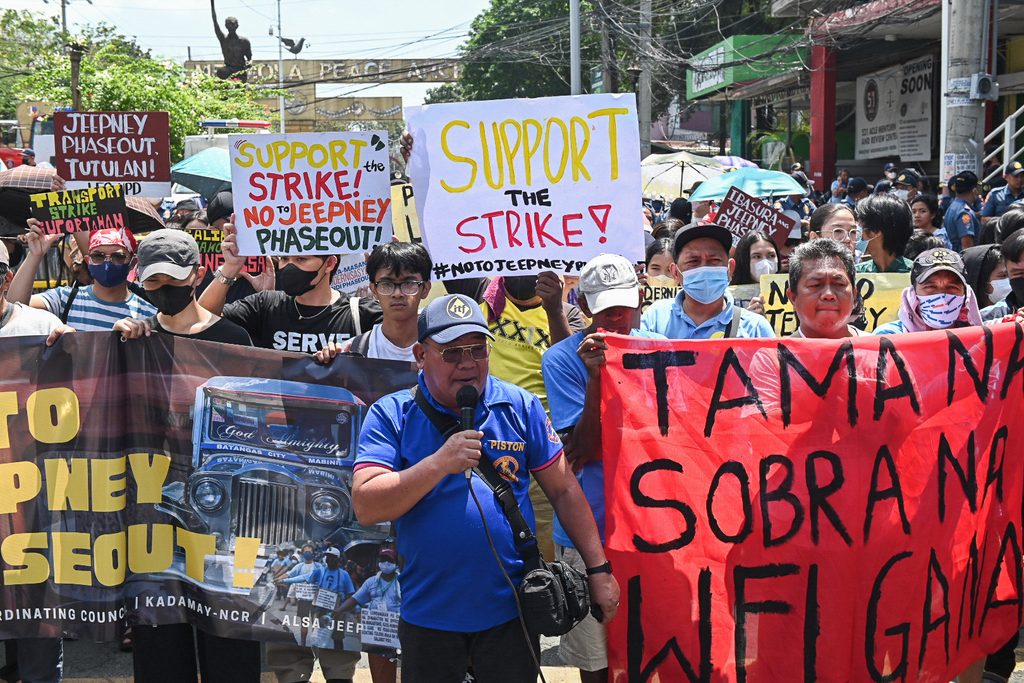
Past efforts
Before the PUV modernization push, several programs had been explored in the past but failed.
In 2007, the DENR explored the replacement of old engines used in jeepneys with new engines. Mitsubishi UFJ Securities and the University of the Philippines-National Center for Transportation Studies were asked to come up with a proposal. They found that new engines cost P300,000.
But the plan failed as the program needed additional public and private funding.
In 2011, liquefied petroleum gas or LPG jeepneys were launched. By using LPG engines, jeepneys became Euro III-compliant.
However, this also failed since the engine and transmission components cost P350,000 and LPG stations were limited.
In 2008, the first electric jeepneys were introduced in Makati City through the Institute for Climate and Sustanable Cities and the Philippine Utility Vehicle. Limitations in battery capacity limited these e-jeepneys to shorter routes.
Just transition
During the 19th Congress, former Manila 1st District representative Manuel Luis Lopez filed a just transition bill that aimed to shift drivers to e-vehicles with sufficient financial support from government.
His proposal included the following:
- Vehicle subsidy – The Department of Transportation (DOTr) will provide financial assistance to drivers and operators not lower than 50% of the cost per unit of modern jeepneys.
- Fuel subsidy – The DOTr will pay a portion of the fuel consumed by affected drivers on a bi-weekly basis.
- Concessional loan – A tripartite mechanism including the government, financial institutions, and transport workers will establish a loan program. The interest rate will not exceed 1% annual interest. The loan amortization will be at least 15 years, subject to recomputation if the transport worker decides to shorten the said period.
- Financial assistance – Drivers who cannot be part of the transportation industry due to their incapacity to take out a loan will be given no less than P300,000 to shift to other forms of livelihood.
– Rappler.com
Add a comment
How does this make you feel?
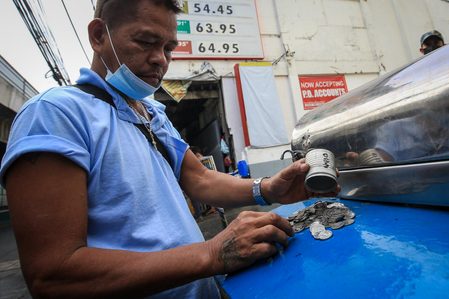
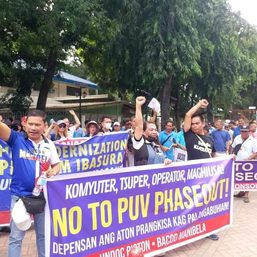
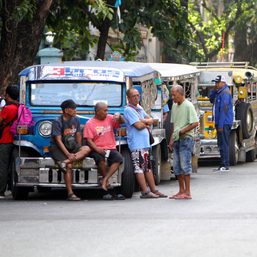
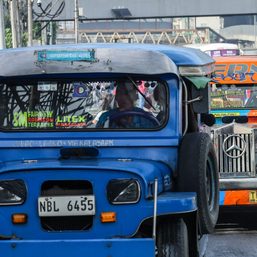
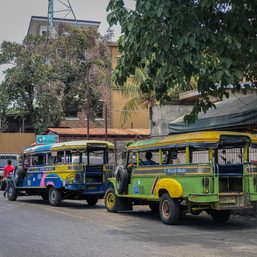
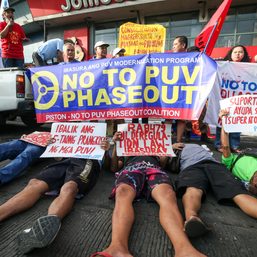
There are no comments yet. Add your comment to start the conversation.